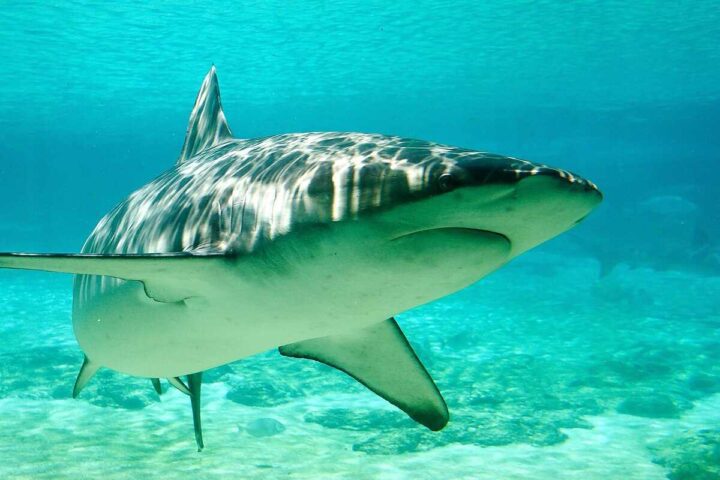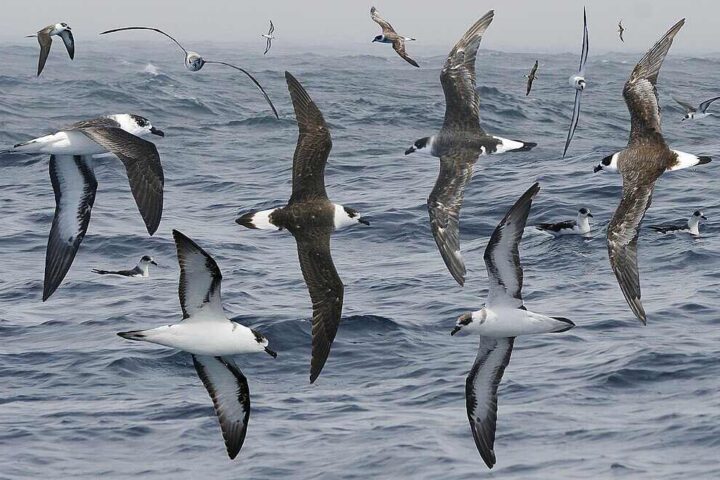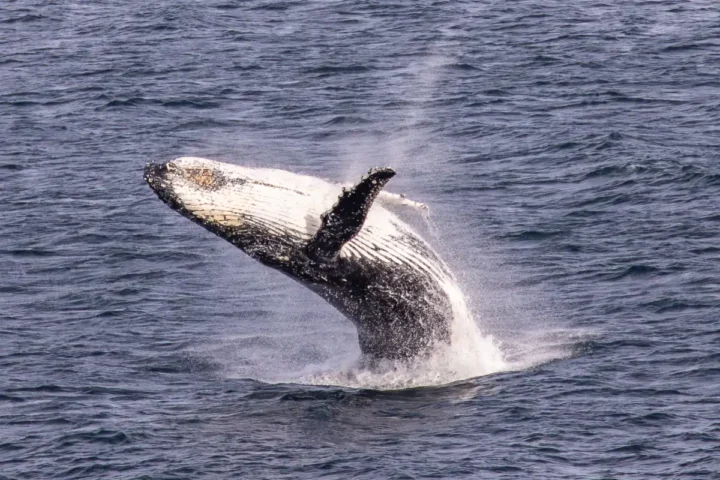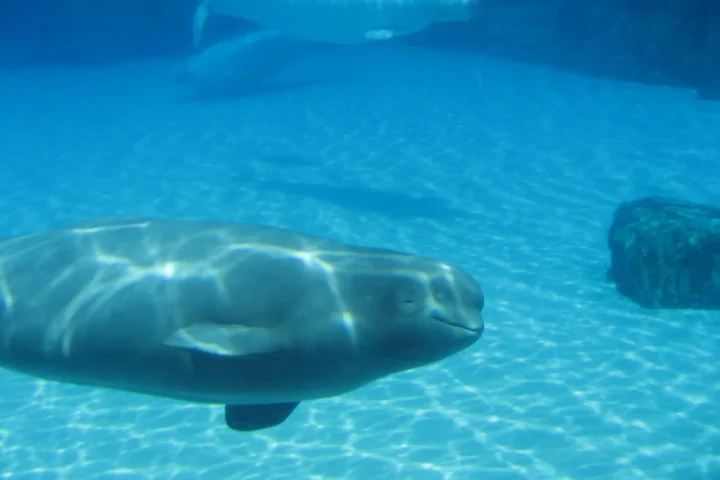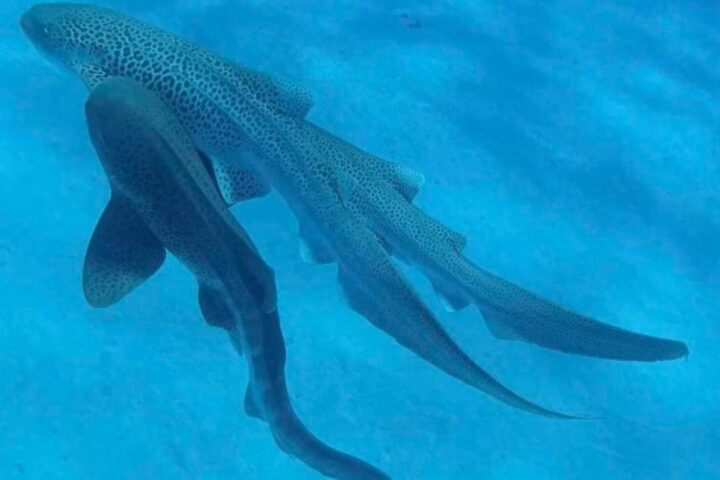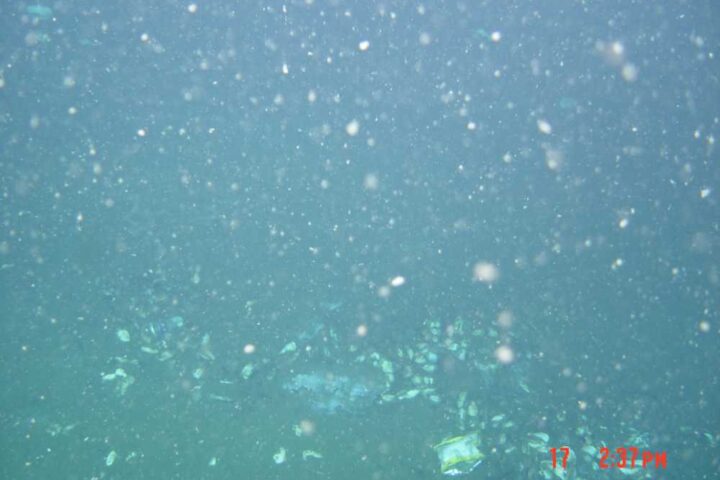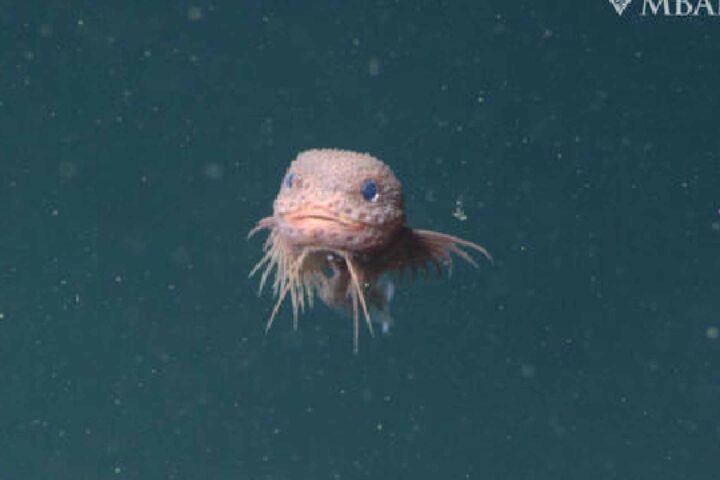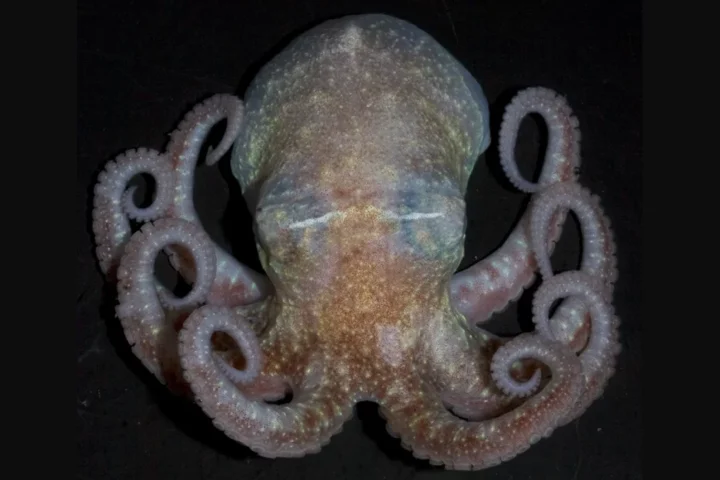Florida Dolphins Show Alzheimer’s-Like Brain Changes Linked to Toxic Algal Blooms
Research connects neurotoxins from harmful algal blooms to brain changes in bottlenose dolphins, raising concerns about human health risks in coastal communities
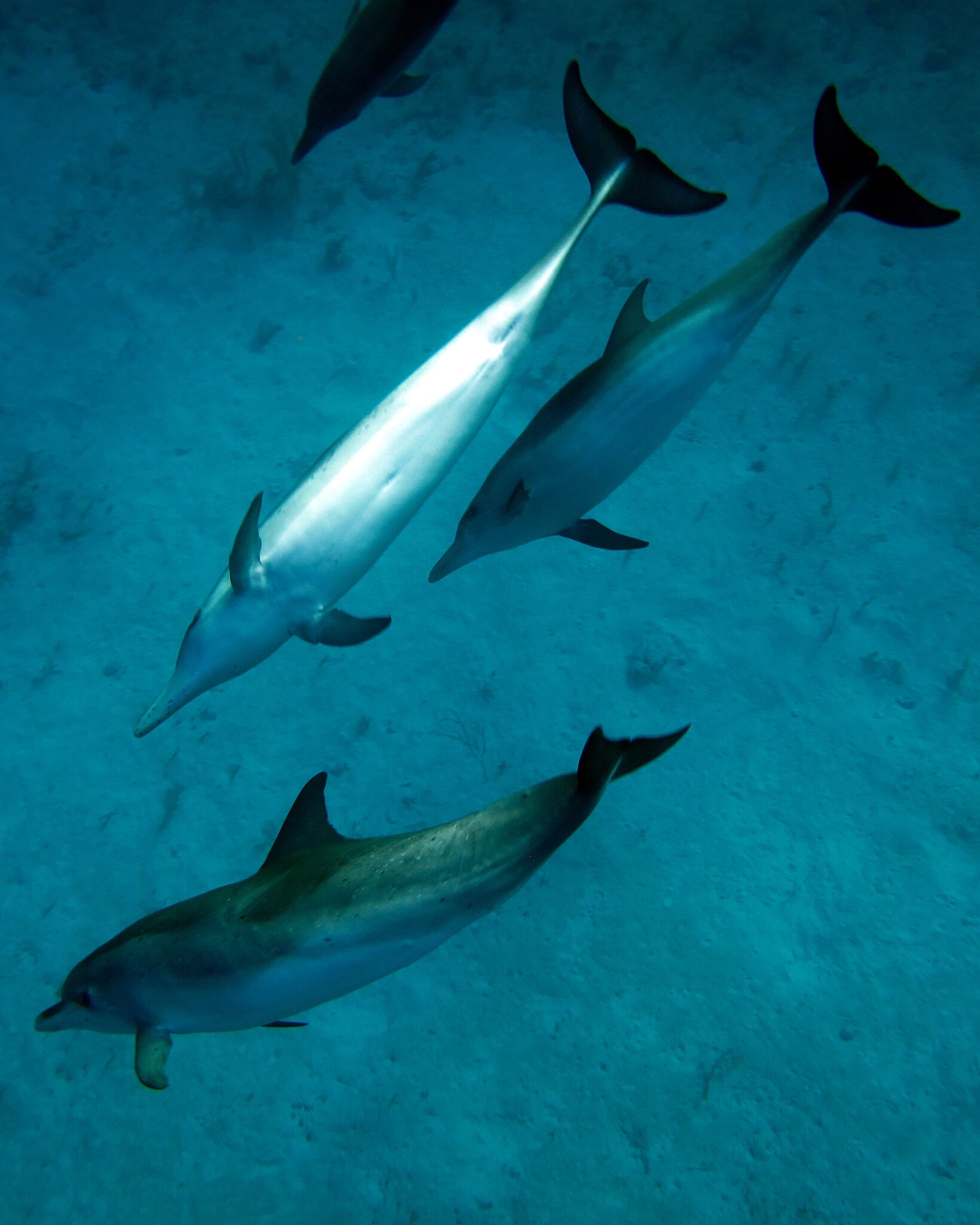
For ocean enthusiasts, few scenes are as heartbreaking as finding a stranded dolphin or whale on the beach. When these animals are still alive, marine biologists and volunteers work to keep their skin moist by pouring seawater over them and covering them with wet blankets, while others attempt to guide the animal back to deeper water when the tide rises.
When beachings end in tragedy, they raise a question that has puzzled scientists for years: why do these intelligent creatures become stranded? A team of researchers from Florida to Wyoming may have found a concerning answer. They propose that dolphins might experience disorientation similar to how people with dementia wander from familiar places—possibly due to Alzheimer’s-like brain disease triggered by exposure to toxic compounds produced by cyanobacteria in warm, nutrient-rich waters.
A study published in Nature’s Communications Biology on September 30, 2025, examined twenty common bottlenose dolphins that stranded along Florida’s Indian River Lagoon between 2010 and 2019. The collaborative study included scientists from the University of Miami Miller School of Medicine, Hubbs-SeaWorld Research Institute, Brain Chemistry Labs, and the University of Miami’s Rosenstiel School of Marine, Atmospheric, and Earth Science.
The Shocking Discovery
What scientists found in the brains of stranded dolphins
Brain Changes Detected
Dolphins showed β-amyloid plaques, hyperphosphorylated tau proteins, and TDP-43 inclusions—the same markers found in human Alzheimer’s patients.
Toxic Exposure
Stranded dolphins contained the neurotoxin 2,4-diaminobutyric acid (2,4-DAB) from cyanobacterial blooms in the Indian River Lagoon.
Climate Connection
Warming waters and nutrient pollution are increasing the frequency and duration of harmful algal blooms in Florida’s coastal waters.
Human Risk
Miami-Dade County tied for the highest Alzheimer’s prevalence among U.S. counties in a 2023 study, potentially linked to coastal toxin exposure.
Evidence supporting this connection comes from research on people living on Guam, where long-term dietary exposure to cyanobacterial toxins has been linked to the same brain changes seen in Alzheimer’s disease. These include the buildup of abnormal tau proteins and amyloid plaques.
One toxin in particular, β-N-methylamino-L-alanine (BMAA), along with its chemical relatives 2,4-Diaminobutyric acid (2,4-DAB) and N-2-aminoethylglycine (AEG), has been shown to be highly toxic to nerve cells. Laboratory research demonstrates that BMAA can trigger Alzheimer’s-like brain damage and memory loss in animals. Once these toxins enter marine ecosystems, they accumulate up the food chain, reaching top predators such as dolphins.
The Staggering Toxin Level Difference
Comparison of 2,4-DAB neurotoxin levels in dolphin brains
“Dolphins serve as a sentinel species. They naturally develop amyloid and tau pathology, and their brains reveal how environmental stressors like harmful algal bloom toxins may accelerate neurodegenerative processes. We observed transcriptomic parallels between dolphins exposed to algal toxins and human Alzheimer’s disease, especially in pathways affecting neuronal communication and the blood–brain barrier.”
Neurotoxicologist, Associate Director of the Brain Endowment Bank, University of Miami Miller School of Medicine
Alzheimer’s-Like Brain Changes Found
Dolphins exposed to cyanobacterial toxins showed multiple markers of neurodegeneration
β-Amyloid Plaques
Abnormal protein buildup in brain tissue, a hallmark of Alzheimer’s disease in humans
Tau Proteins
Hyperphosphorylated tau proteins found throughout the brain, disrupting cellular function
536 Genes
Differentially expressed genes with patterns consistent with Alzheimer’s disease
TDP-43 Inclusions
Protein markers associated with particularly severe forms of Alzheimer’s
The duration of cyanobacterial blooms is increasing with climate warming and nutrient inputs associated with agricultural runoff and sewage discharges. Cyanobacterial-laden waters have often been released down the St. Lucie River from Lake Okeechobee into the Indian River Lagoon.
“Since dolphins are considered environmental sentinels for toxic exposures in marine environments,” Dr. David Davis explains, “there are concerns about human health issues associated with cyanobacterial blooms.” Harmful algal blooms have surged 59% since 2003, threatening water safety and marine ecosystems globally.
The Growing Threat
Climate change and pollution are amplifying the impact of toxic algal blooms
“These results are concerning because dolphins share coastal waters with humans and face many of the same environmental risks we do. We’re only beginning to understand how environmental change and toxin exposure affect the health of marine mammals and what that might mean for people who share these waters.”
Research Scientist, Hubbs-SeaWorld Research Institute
In a 2023 study published in Alzheimer’s & Dementia, Miami-Dade County tied with Baltimore City and Bronx County for the highest Alzheimer’s prevalence among U.S. counties at 16.6% among residents aged 65 and older. While multiple factors contribute to this prevalence, including demographics and age distribution, the proximity to waters experiencing repeated harmful algal blooms has raised questions about environmental toxin exposure.
“Although there are likely many paths to Alzheimer’s disease, cyanobacterial exposures increasingly appear to be a risk factor,” Dr. Davis notes. “Among Guam villagers, exposure to cyanobacterial toxins appeared to trigger neurological disease,” added Dr. Paul Alan Cox of the Brain Chemistry Labs in Jackson Hole, Wyoming.
The study aligns with recent research showing that ecosystem disruption in Florida’s Indian River Lagoon has led to major changes in dolphin diet and prey availability. As seagrass and other key habitats declined, dolphins shifted to eating lower-energy prey, an ecological stress that may compound the neurological effects observed.
This research was supported by funds from the sale of Discover Florida Oceans license plates, the Brevard County Tourism and Development Council, the Herbert W. Hoover Foundation, and the SeaWorld Busch Gardens Conservation Fund.
The study was published in Communications Biology by researchers at Hubbs-SeaWorld Research Institute in Melbourne Beach, Florida; Blue World Research Institute in Cocoa, Florida; University of Miami Miller School of Medicine; Brain Chemistry Labs in Jackson Hole, Wyoming; and the Rosenstiel School of Marine, Atmospheric, and Earth Science at the University of Miami.
Why Dolphins Matter as Sentinel Species
Dolphins serve as early warning systems for ocean health. The brain changes found in these marine mammals living in Florida’s coastal waters raise questions about the risks humans face from exposure to the same environmental toxins.



